Soil Smack Down: Peat Moss vs. Coconut Coir: Compost Wins!
The Lazy Gardener
10 years ago
Featured Answer
Sort by:Oldest
Comments (10)
tapla (mid-Michigan, USDA z5b-6a)
5 years agoThe Lazy Gardener
5 years agoRelated Professionals
Memphis Architects & Building Designers · Ronkonkoma Architects & Building Designers · Galena Park General Contractors · Ames General Contractors · Asheboro General Contractors · Fort Pierce General Contractors · Irving General Contractors · Mountlake Terrace General Contractors · New Bern General Contractors · Ravenna General Contractors · Redan General Contractors · Waianae General Contractors · East Hanover Interior Designers & Decorators · Allen Landscape Architects & Landscape Designers · Londonderry Landscape Architects & Landscape Designerstapla (mid-Michigan, USDA z5b-6a)
5 years agolast modified: 5 years agoThe Lazy Gardener
5 years agotapla (mid-Michigan, USDA z5b-6a)
5 years agoJames Campbell
2 years agotapla (mid-Michigan, USDA z5b-6a)
2 years agoThe Lazy Gardener
2 years agotapla (mid-Michigan, USDA z5b-6a)
2 years agoThe Lazy Gardener thanked tapla (mid-Michigan, USDA z5b-6a)
Related Stories

FARM YOUR YARDHow to Get Good Soil for Your Edible Garden
The nutrients in your soil feed the plants that feed you. Here are tips on getting it right — just in time for planting season
Full Story
CONTAINER GARDENSContainer Gardening Basics: The Dirt on Soil
Learn the types of potting soil available and the best mixes to help your containers thrive
Full Story
FARM YOUR YARDHow to Grow Vegetables in Containers
Get glorious vegetables and fruits on your patio with a pro’s guidance — including his personal recipe for potting mix
Full Story
FALL GARDENING7 Reasons Not to Clean Up Your Fall Garden
Before you pluck and rake, consider wildlife, the health of your plants and your own right to relax
Full Story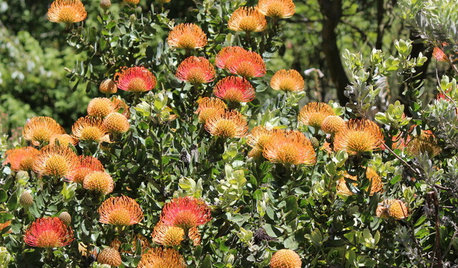
GARDENING GUIDESKeep Your Cool in the Garden — Here’s What to Do in August
Don’t let summer’s heat go to your head. These U.S. gardening guides will help you make sensible choices for all of your plantings
Full Story
GARDENING GUIDES10 Tips to Start a Garden — Can-Do Ideas for Beginners
Green up your landscape even if you're short on time, money and knowledge, with these manageable steps for first-time gardeners
Full Story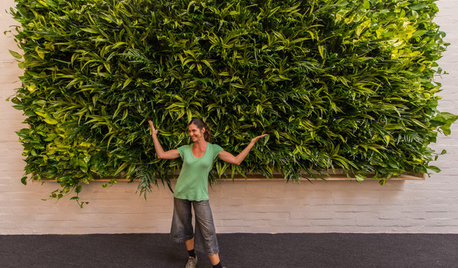
HOUSEPLANTSHow to Add a Living Wall
Learn how to choose systems and plants, and what it will cost to bring a bit of the outdoors in or green up a garden wall
Full Story





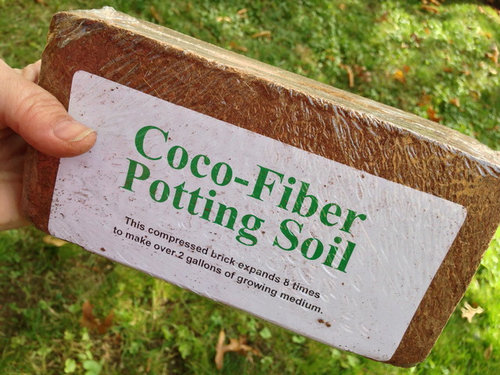
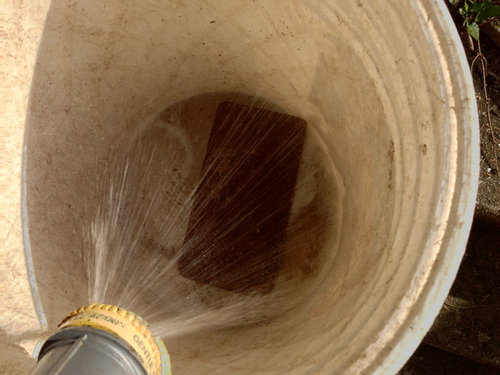
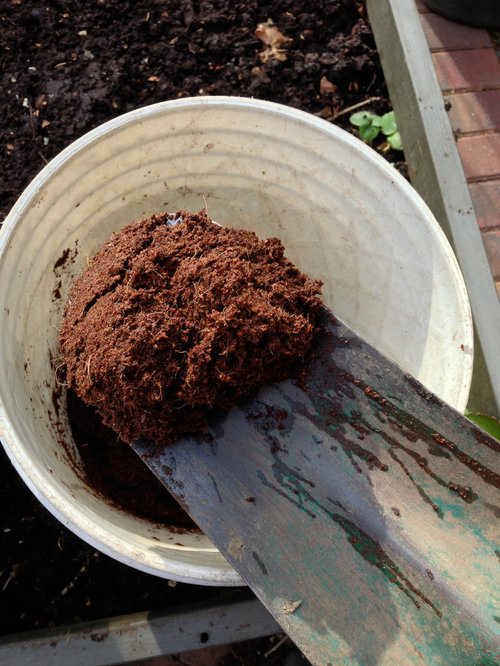


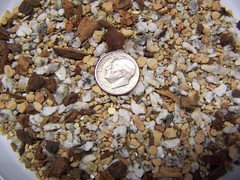

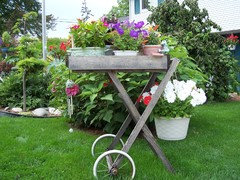
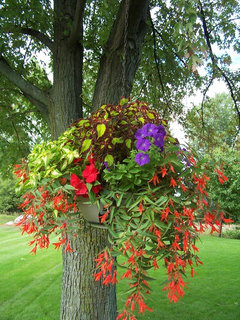

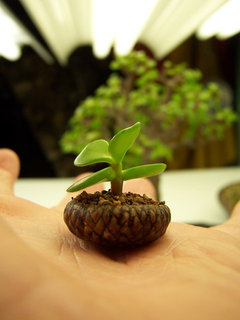
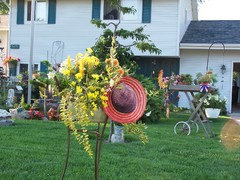




Mark Sanford